
Tyres are the ONLY thing keeping our vehicles in contact with the road!

Tyres are the ONLY thing keeping our vehicles in contact with the road!
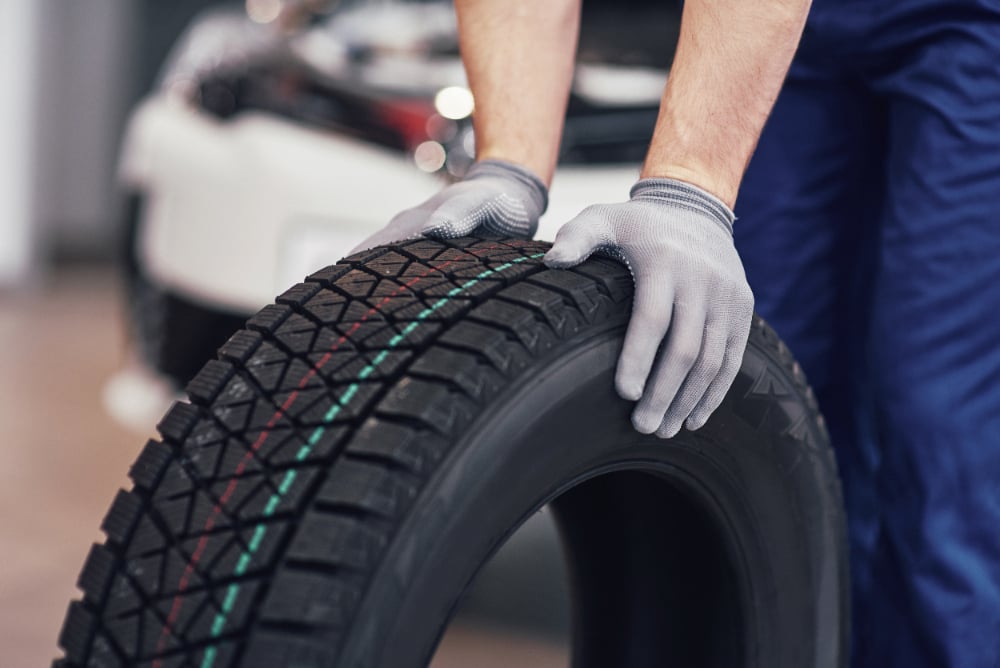
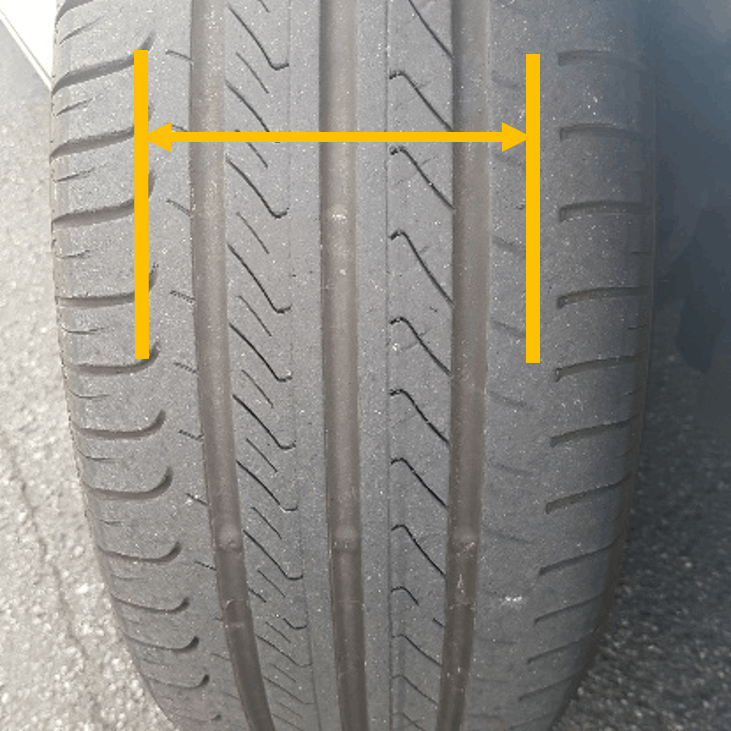
Will cause the outside edges of the tyre tread to wear
Will cause the centre of the tyre tread to wear
Should distribute even wear to the full width of the tyres tread.
There may be a problem with the tracking our your tyres, or there may be a steering component or wheel bearing failure.
In any account, these issues need to be resolved.
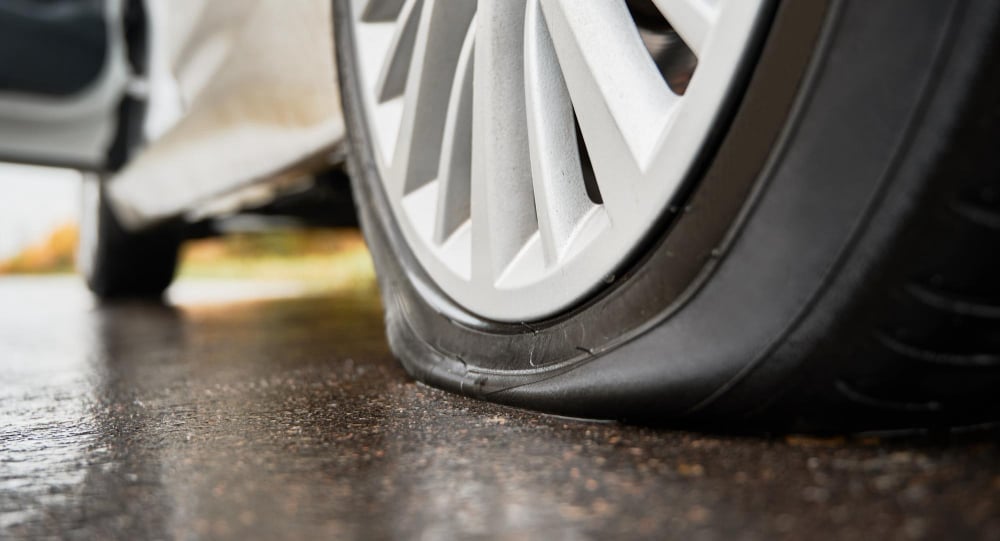
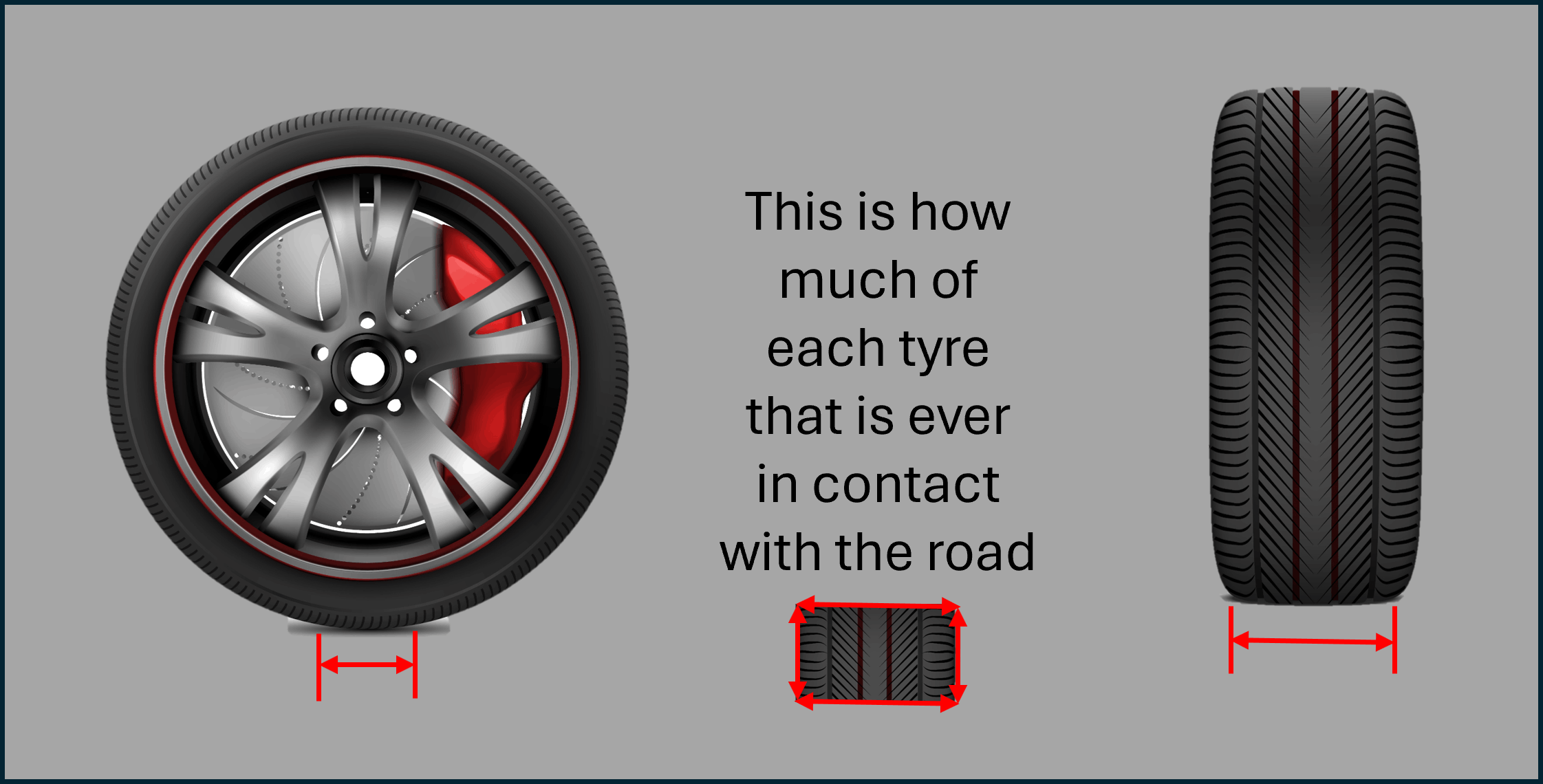
You only have 4 tyres, and the less traction you have to the road the bigger the chance of losing control of your car

Will require 135 metres to come to a complete stop
Will require 91 metres to come to a complete stop
Could mean that you car could take an additional 44 metres to come to a complete stop.
This is roughly an additional 11 car lengths!
Vehicle manufacturers will have recommended tyre pressures for every car.
These pressures may change depending on how many passengers or additional weight you may be carrying.
Correct tyre pressures not only give you better control but also give you better fuel consumption.
A visual check of the condition which takes seconds, can be carried out before each journey, and it is recommended to check your tyre pressures at least once a week.
Tyre manufacturers tend to manufacture tyre with tread depth markers so your visual check will allow you to see when the tyre tread is getting low, but to confirm the accuracy of them you will need a tyre tread depth gauge similar to the ones shown below.
We recommend that you should change your tyres when the tread is no lower than 3mm. The more tread you have the safer you and your car are.
Tread is needed to disperse water, the less tread the less water you can disperse. If you have low tyre tread and you get caught out by a deep or prolonged puddle, your tyres may not be able to disperse the water quickly enough which could result in aquaplaning happening.
Aquaplaning, also known as hydroplaning, is when a layer of water builds up between a vehicle's tyres and the road, causing the tyres to lose contact with the road and the driver to lose control of the vehicle.
Aquaplaning can happen when:
It's raining heavily
The road is wet and the vehicle is traveling at high speed
The tyres don't have enough tread
When aquaplaning occurs, the driver may experience the following:
The steering wheel feels lighter than usual, and may lose total steering control.
The car swerves or drifts from side to side.
The car doesn't respond to steering inputs.
The revs flare up causing the driven wheels to spin.
The brakes don't respond as expected as your car is literally floating on the water.
To avoid aquaplaning, you can:
Check your tires regularly
Make sure your tires are inflated properly
Change your tires before they reach the legal minimum tread depth of 1.6 mm
If aquaplaning occurs, the easiest way to regain control of your car is to come off the accelerator.
The friction of the water will naturally slow the car down and the car will regain traction on the roads surface.
However! if you are travelling too fast when aquaplaning occurs you may not regain control at all before a crash occurs.
It is HIGHLY recommended to NOT USE CRUISE CONTROL when it is raining.
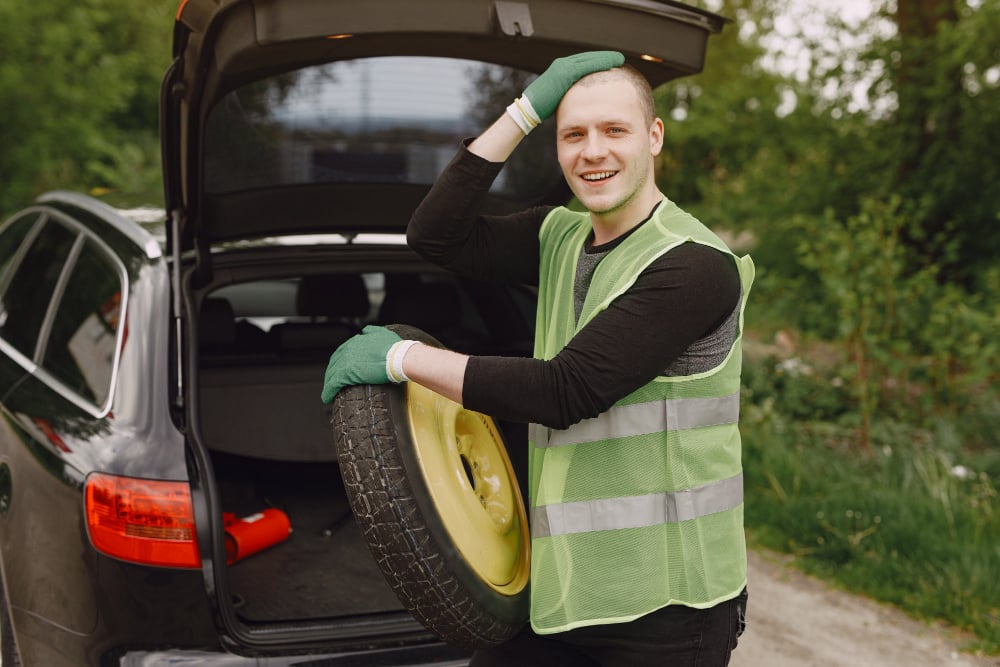
Although they are great to "get you home" or to a garage so you can have your damaged tyre repaired or replaced.
They are NOT permitted to be used during a driving test.